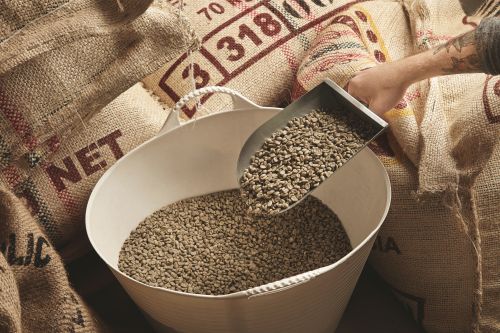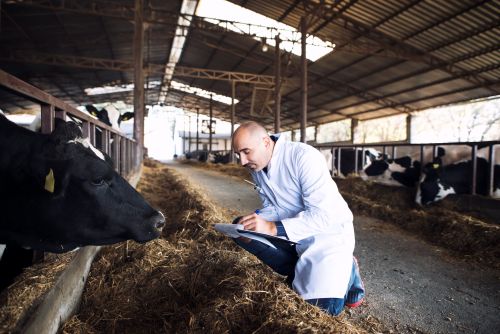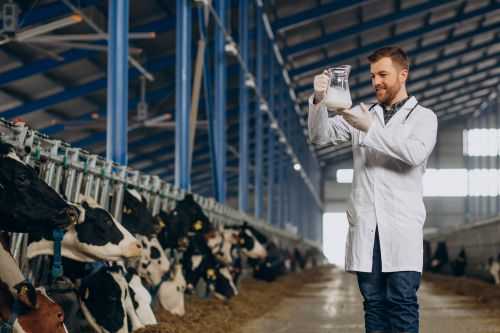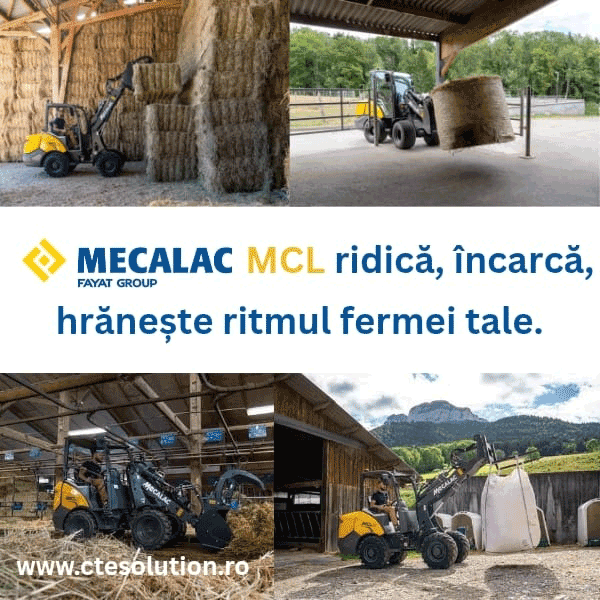877
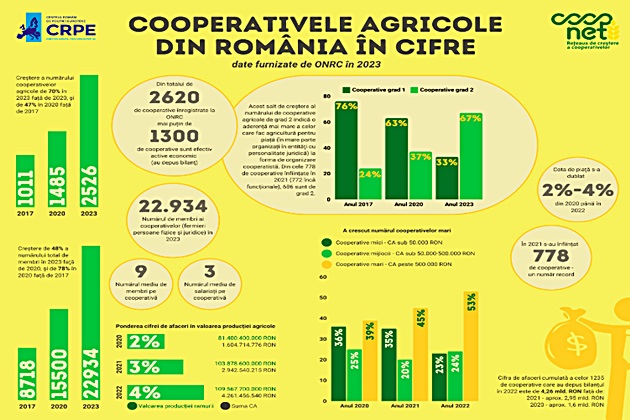
In the last four years, agricultural cooperatives in Romania have doubled their market share in terms of turnover in the overall agricultural sector. This conclusion comes from extensive research conducted as part of the “CoopNet 3.0 – Strengthening the Capacity of Small Farmers’ Cooperatives” project, an initiative of a consortium of non-governmental organizations in the country.
Between 2017 and 2023, the number of members associated with agricultural cooperatives increased by 263%, from just over 8,700 to nearly 23,000, even though more than half of the newly established cooperatives reported facing difficulties in accessing financing, according to a survey conducted among them.
The research, carried out within CoopNet 3.0 by a consortium of NGOs including the Romanian Center for European Policies (CRPE), Civitas Foundation for Civil Society Cluj (Civitas), and the Community Mediation and Safety Center (CMSC), with financial support from the Romanian-American Foundation, consisted of two components: a survey conducted on a sample of 153 young cooperatives (established between 2020 and 2023) and a desk research study using information provided by the National Trade Register Office (ONRC), with data valid at the end of 2022. Both studies were conducted by CRPE to allow comparisons with data from a previous study on the same topic, conducted by the same organization in 2020.
Financing: The Biggest Issue and Main Objective for Cooperatives
One of the main conclusions of the 2023 research was the acute need for financing that particularly affects small farmers, including those associated with cooperatives. The primary motivations cited for establishing agricultural cooperatives were the possibility of accessing European funds (85% of respondents) and product commercialization (84%).
According to the survey results, representatives of approximately half of the cooperatives stated that they were established to benefit from the tax exemptions granted to agricultural cooperatives and to improve their efficiency.
Very few agricultural cooperatives benefit from access to external financing. Only 15% of the young cooperatives that responded to the survey reported accessing public funds (through PNDR 2014-2020), and only 6% obtained funds from banks or non-bank financial institutions (NBFIs).
The difficult access to financing, mentioned by 54% of respondents, is not the only problem faced by young agricultural cooperatives. 43% of them struggle to enter the sales market, and 22% have issues finding qualified and/or trained personnel for support roles (manager, lawyer, sales agent). Other challenges include a lack of development vision (13%) and difficult access to modern technologies (12%).
Doubling Market Share in Just Three Years
Despite these challenges, cooperative agriculture is growing strongly, according to data compiled by CRPE. In 2023, there were 2,620 agricultural cooperatives in Romania, a 70% increase compared to 2020, of which 2,526 were operational. The absolute record for the number of new cooperatives established was in 2021, with 778 new cooperatives.
Since 2020, cooperatives have continued to increase their share of the overall agricultural sector in Romania each year. In 2022, the combined turnover of the 1,235 cooperatives that submitted financial statements was approximately 4.26 billion lei, nearly three times higher compared to the 1.6 billion lei recorded in 2020.
Thus, in relation to the size of the entire agricultural sector in Romania, cooperatives represented approximately 4% in 2022, compared to 2% in 2020, doubling their market share in just three years.
These positive developments—rising turnovers, the number of cooperatives, and enrolled members—are set against a backdrop marked by the difficulty of developing these businesses. "Regardless of the number of cooperatives established annually, the proportion of those submitting financial statements at the end of the fiscal year remains constant—just over half of the operational cooperatives demonstrate that they are active by submitting financial statements," says Oana Ganea, project manager at CRPE. "At the end of 2022, less than 1,300 cooperatives in Romania had submitted financial statements, meaning they were economically active."
Cooperatives Consolidating "Middle Agriculture"
Beyond these developments, another emerging trend is the reversal of the ratio between grade 1 cooperatives (with only individual members) and grade 2 cooperatives (which also have legal entity members). Thus, while in 2017 more than three out of four cooperatives were grade 1, by 2020 this proportion had decreased to 63%, and in 2023 the ratio reversed—only 33% grade 1 cooperatives, compared to 67% grade 2.
"The increase in the number of grade 2 agricultural cooperatives indicates greater adherence of those farming for the market (largely organized in legal entities) to the cooperative organizational form," explains Alexandra Popa, Executive Director of CRPE. "This development can be explained by a combination of factors, such as legislative changes and tax incentives for cooperatives after 2018, allocations from European funds for their establishment, prioritization of associative forms in accessing funding from PNDR 2014-2020 and PNS 2023-2027, as well as the pandemic and recent geopolitical developments (such as the war in Ukraine)."
This trend of "professionalization" through the association of firms in cooperatives seems to be accelerating. Of the 778 cooperatives established in 2021, which we already mentioned was an absolute record, 772 are currently operational, of which 686, almost 89%, are grade 2.
The 2020 General Agricultural Census data also confirms the trend towards the consolidation of agricultural holdings and the slow decline of subsistence farming. In 2020, there were 2.88 million registered agricultural holdings, nearly one million fewer than in the 2010 census, with the number of non-legal entity holdings decreasing by more than 25% in a single decade.
Between 2020 and 2022, the proportion of large cooperatives with annual turnovers exceeding 500,000 lei increased, while the proportion of small cooperatives with annual turnovers not exceeding 50,000 lei decreased.
In 2020, large cooperatives represented 39% of the total number of cooperatives, while in 2022 they accounted for more than half (53%) for the first time. Conversely, the proportion of small cooperatives rapidly declined from 36% in 2020 to 23% in 2022, while medium cooperatives (with turnovers between 50,000 and 500,000 lei) maintained a stable proportion of between 20% and 25%.
"We believe that public policies are needed to continue stimulating the establishment of new agricultural cooperatives and explicitly target the consolidation of existing ones from multiple perspectives," explains Alexandra Popa.
"Financially, these structures need support to improve sustainability, capitalization, risk management, and collective investments. Operationally, support measures are needed to enable these cooperatives to expand horizontally (increasing the number of members/associated members) and improve their capacity to serve rural communities (e.g., by developing food hubs and other short supply chain forms)."
"The system needs to be vertically integrated by establishing other grade 3 cooperatives (associations of cooperatives). Finally, the diversification of the functions of cooperatives and their capacity to professionalize farmers in Romania through extension services, agricultural consultancy, and facilitating access to knowledge and innovation should be considered."
